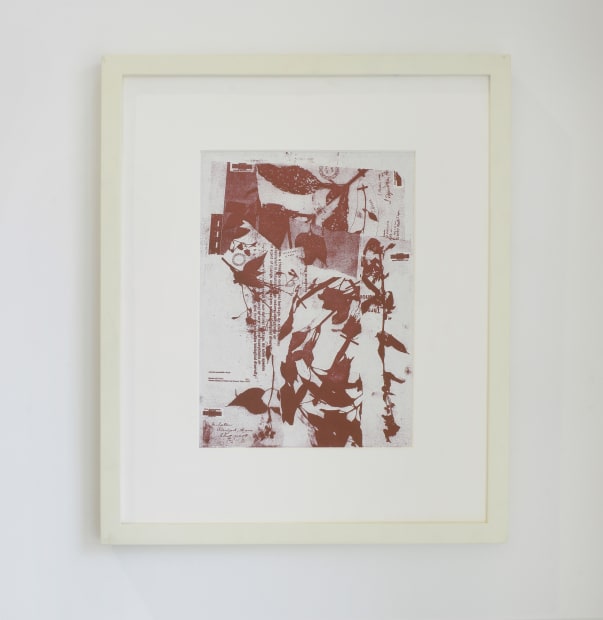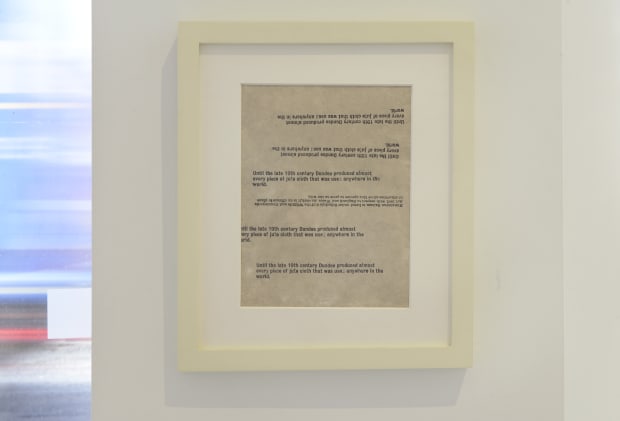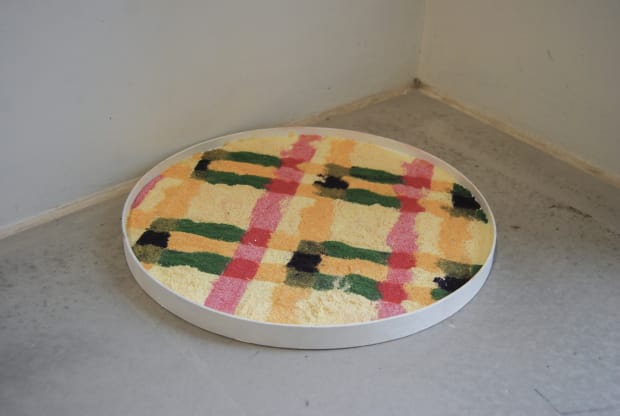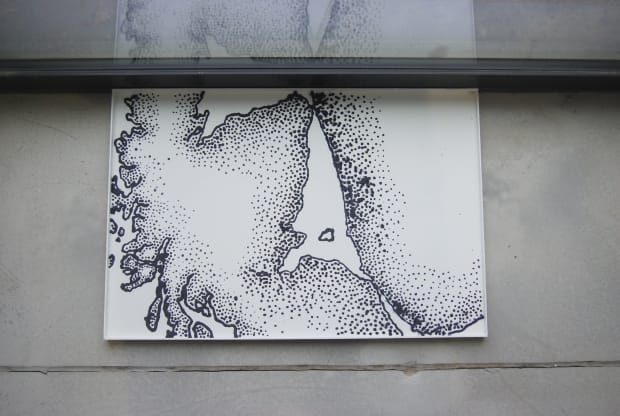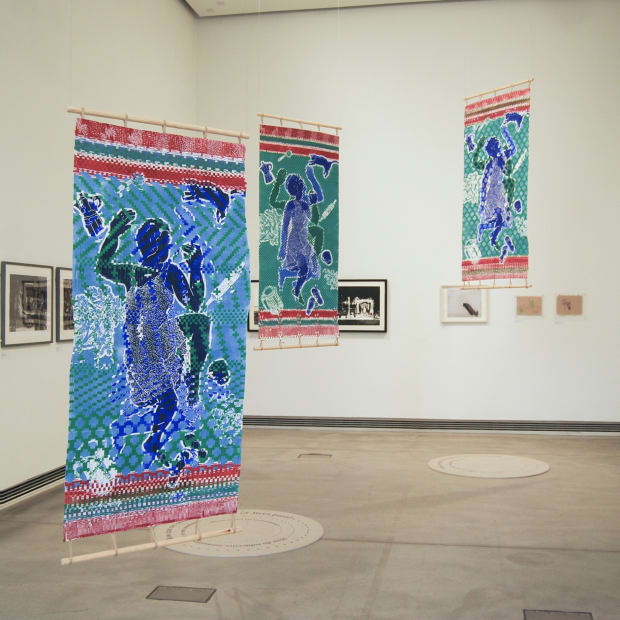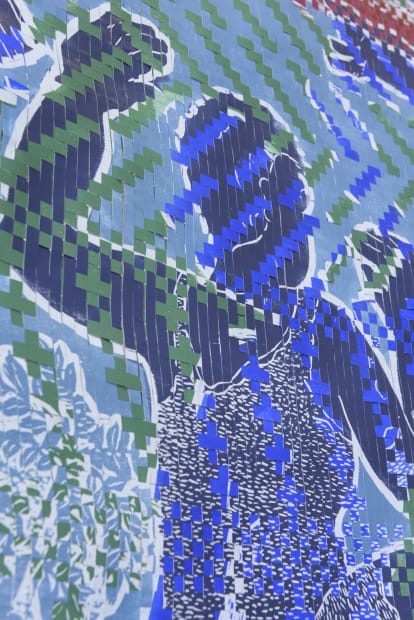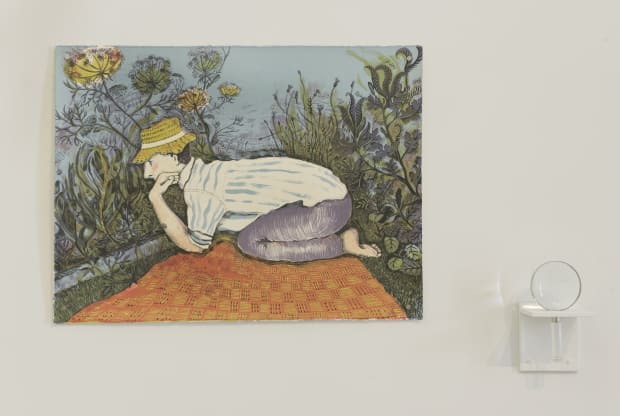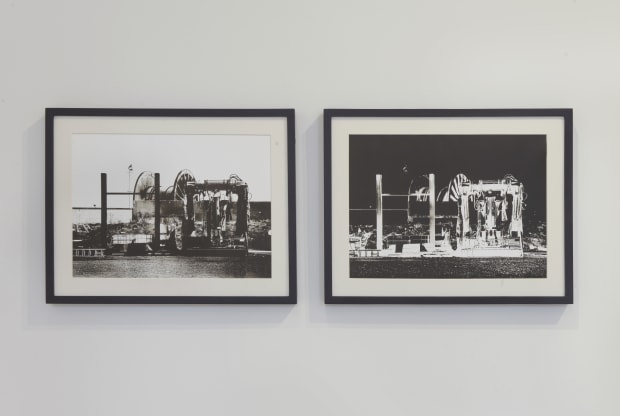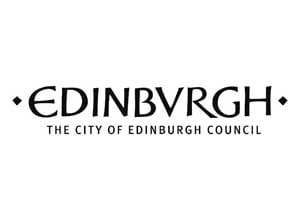-

-
Curatorial Note
The exhibition title captures the desire to reject the existence of one objective point of view when recording and analysing the political, socio-economic and interpersonal relationships between India and Scotland.
Themes of materiality, linguistics, cultural identities, and craft underpin in varying capacities Anupa Gardner, Claire Barclay, Nishi Chodimella, Swapnaa Tamhane, Sonia Mehra Chawla, Shiva Nallaperumal, and Sushanta Guha’s works. Materiality and craftsmanship, being central to the idea of printmaking as a discipline, feature in the artworks in relation to the movement of resources between India and Scotland. These ideas are inextricably linked with the formation of multiple cultural identities and influenced by political dynamics.
The exhibition title captures the desire to reject the existence of one objective point of view when recording and analysing the political, socio-economic and interpersonal relationships between India and Scotland. From Where I Stand, instead, favours a multiplicity of individual perspectives for their ability to weave together complex multifaceted stories, to represent inclusive narratives of the past, and inform sustainable futures.
This is expressed in the exhibition design too, which disrupts a frontal view of the group show and pushes visitors to consider different points of view to engage with the space. Placed in scattered orders, the artists’ works face each other across the gallery rather than sit alongside one another, to weave together multidirectional narratives across the space and create visual relationships to enrich the stories of each artwork.
A multiplicity of perspectives is also celebrated through the selection of the seven featured artists from all over the world, whose different backgrounds and lived experiences contribute to a choral account of past relationships and future propositions through new commissions and existing works.
By challenging the existence of a singular neutral narrative about the relationships between India and Scotland, the exhibition engages in decolonial approaches to art curation to discover and amplify untold and marginalised stories. The composition of the cohort of curators- half based in Scotland and half in India- and the co-curated and peer-led approach of the project reflect this desire for cooperation and foster a better platform to include a multitude of experiences in the exhibition. -

-
-
-
-
-
-
-
-
Artists
-
Fellows
Aaditya S · Ailsa Fraser · Amogh Bhatnagar · Ananya Gautam · Anchit · Bekah-Joy Kerr · Eicha SinghEllie Moffat · Ezra Bernnico · Jithindas K · Joshua Al-Nagar · Kashish Kochhar · Nava RizviShivani Sankar · Sofia Cotrona · Tash Thomas · Vrushali MehtaWith thanks to Grace Sutermeister, Drew Moody and Arjun Yadav. -
-
Future Flow has been developed by Edinburgh Printmakers and Flow India working with the National Institute of Design, India, Edinburgh College of Art and the Centre for Research Collections at the University of Edinburgh, Edinburgh Napier University, and Queen Margaret University.
The project and exhibitions have been supported by The British Council.
With thanks to the Consul General of India, Edinburgh for their support throughout the project.
The project was conceived as part of the British Council's India/UK Together, a Season of Culture, which marked the deep connections and 75th anniversary of India with a landmark programme that strengthened the friendship and vibrant cultural bonds of both countries, while addressing shared global challenges.
Find out more about the Future Flow project here

An exhibition curated by Future Flow, 1 Oct - 3 Dec 2023



